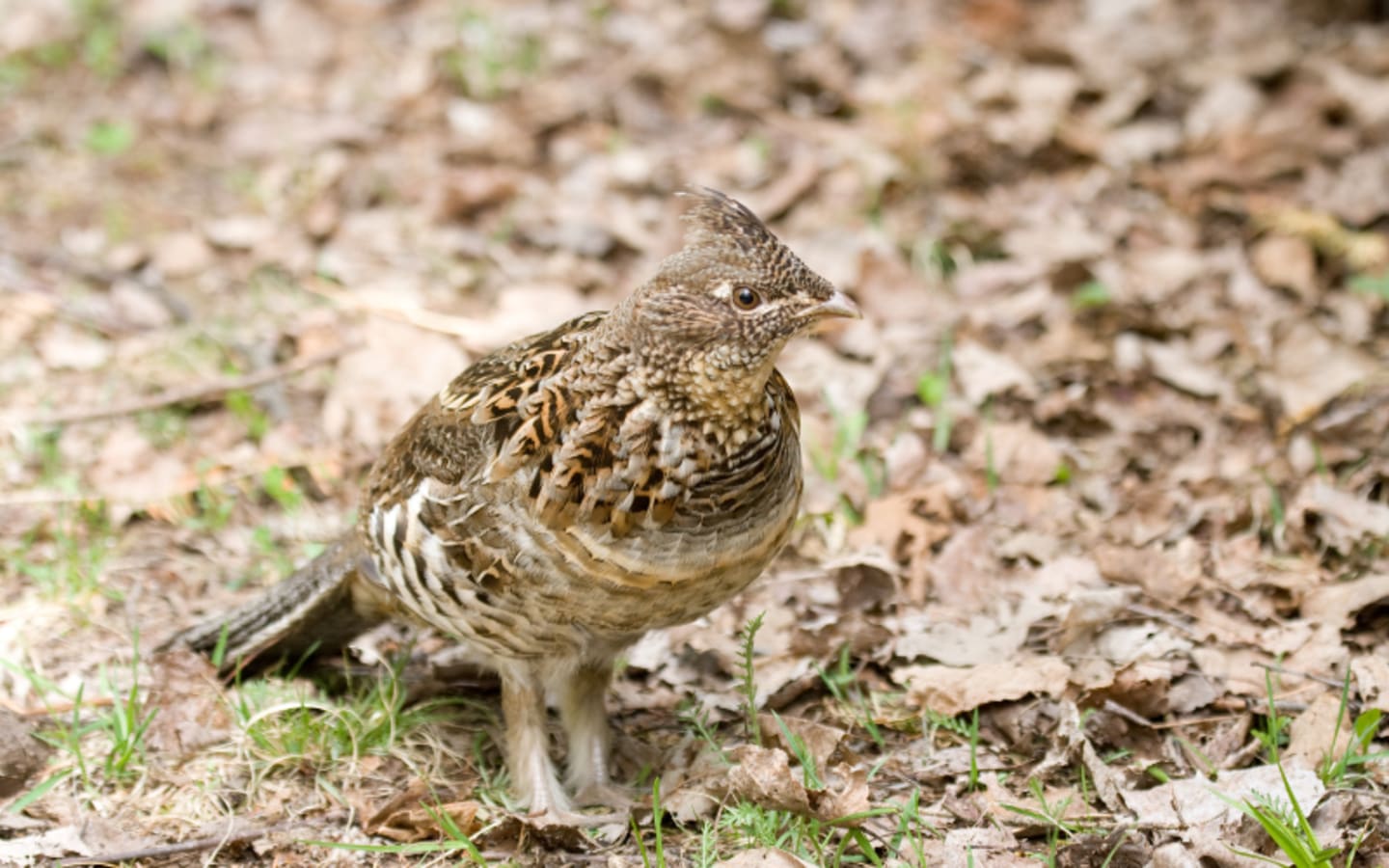The Wisconsin Department of Natural Resources (DNR) has exciting news for hunters: the sharp-tailed grouse hunting season is back for the first time since 2018. Set to run from October 18 to November 9, 2025, this limited season marks a major milestone in the state’s conservation efforts. Hunters eager to take part will need to act fast, as applications for the limited-draw lottery are open from June 30 to August 1, 2025. Those with preference points from previous years will have those honored, giving longtime hunters a potential edge.
For decades, sharp-tailed grouse have been a part of Wisconsin’s outdoor heritage, but their numbers took a hit starting in the 1990s. Wildlife experts pinpointed the main culprits: habitat loss and fragmentation, particularly in the pine barrens these birds call home. The decline was serious enough that in 2019, the Sharp-tailed Grouse Advisory Committee, a group made up of DNR biologists, federal agency staff, and conservation organizations, recommended halting the hunt entirely. That led to a zero-hunting quota, and no seasons were held in the years that followed.
Each year since, the DNR and the advisory committee carefully studied the data to decide whether the grouse population could handle a hunt. They looked at everything from population trends to habitat conditions, waiting for signs that the birds were rebounding. Meanwhile, the DNR and its conservation partners got to work, focusing on restoring habitat in northwest Wisconsin’s Northwest Sands region. Their efforts centered on bringing back the pine barrens and reconnecting fragmented patches of land to create a better environment for the grouse to thrive.
Those years of hard work paid off. Thanks to habitat restoration on both public and private lands, the sharp-tailed grouse population has been steadily climbing. This year, the advisory committee reviewed a range of factors—lek survey numbers, winter survival rates, nesting success, brood rearing, weather patterns, and habitat quality—and determined the population is strong enough to support a limited hunt. Bob Hanson, a DNR wildlife biologist and key member of the advisory committee, explained the process: “We used several criteria to evaluate whether the population could handle a hunt. The data showed positive signs across the board, from lek surveys to habitat metrics, confirming the population is ready for a limited harvest.”
The return of the sharp-tailed grouse season is more than just a chance to hunt—it’s a testament to what dedicated conservation can achieve. The Northwest Sands region, where much of the restoration work has taken place, is now a healthier home for these birds. Hanson, who has spent years working on the grouse population, is optimistic about the future. “The habitat restoration and reconnection efforts are making a real difference,” he said. “As we keep creating and linking barrens habitat, I expect we’ll see the population continue to grow.”
For hunters, this season is a unique opportunity to get back into the field for a species that’s been off-limits for years. The sharp-tailed grouse, known for its distinctive plumage and quick, elusive movements, offers a challenging and rewarding hunt. The limited season and lottery system mean only a select number of hunters will get the chance, so preparation is key. Those interested can find all the details on the DNR’s Sharp-tailed Grouse Hunting webpage, including how to apply for the lottery and what to expect during the season.
Beyond the hunt itself, the DNR’s efforts highlight the importance of balancing outdoor recreation with wildlife preservation. The sharp-tailed grouse’s comeback shows what’s possible when hunters, conservationists, and wildlife experts work together. For those who want to learn more about the broader management efforts or get involved in future opportunities, the DNR’s Sharp-tailed Grouse Management webpage has plenty of resources and updates.
As the 2025 season approaches, hunters across Wisconsin are gearing up for a long-awaited return to the pine barrens. The sharp-tailed grouse hunt isn’t just about bagging a bird—it’s about celebrating a hard-fought victory for conservation and the chance to reconnect with a piece of Wisconsin’s natural legacy.





